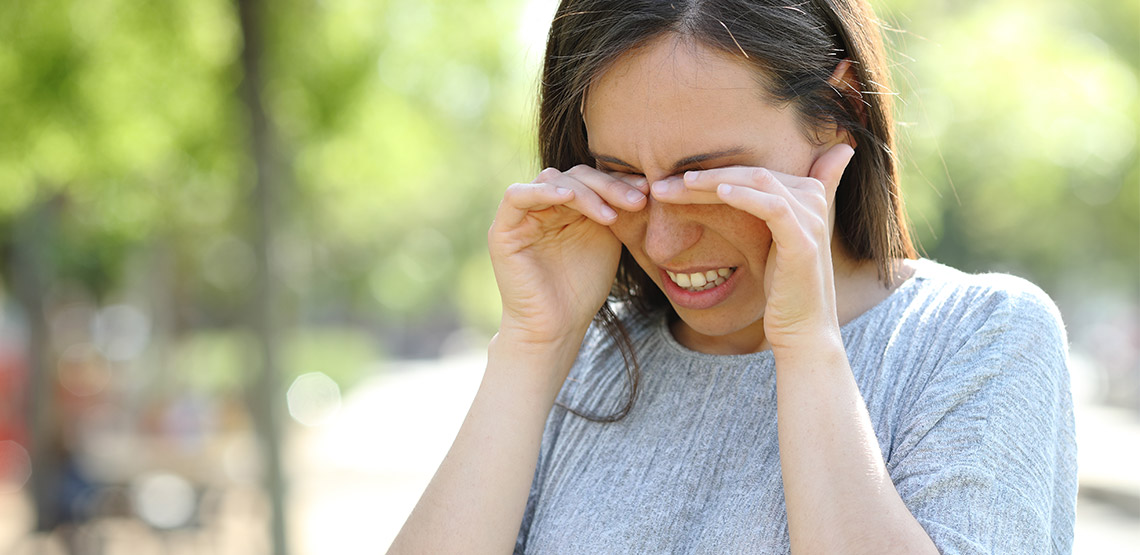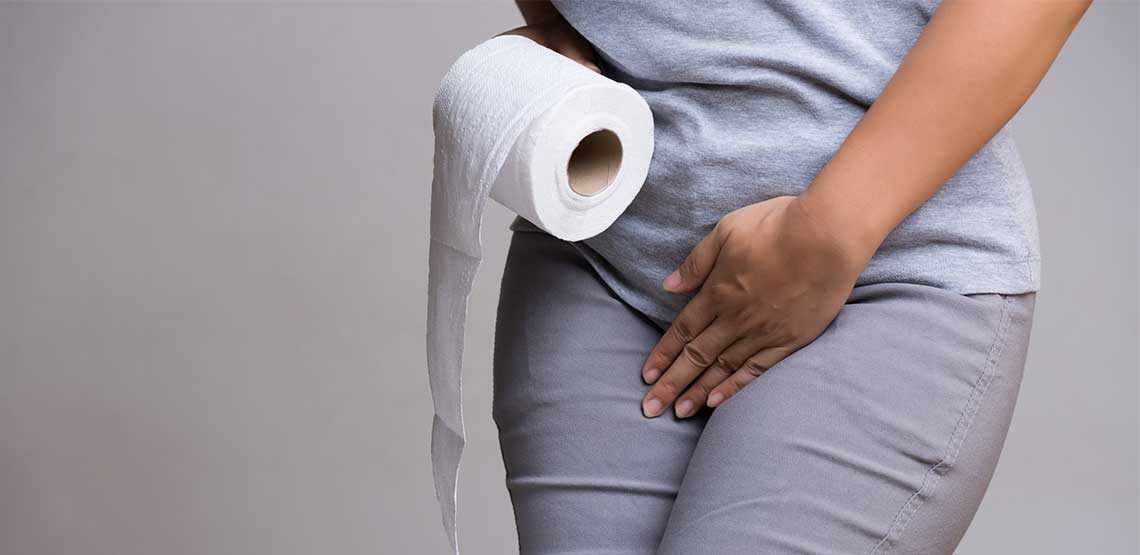What Causes Dry Eyes?
Having dry eyes can be extremely frustrating. Finding out what causes the dryness is the first step to treatment to correct the dryness. Before looking at all the different causes of dry eyes, it’s important to first know what the symptoms of dry eyes are. Once you get a proper diagnosis, you can begin a treatment plan.
What Are Dry Eyes?
Dry eyes “happen when tears evaporate too quickly, or if the eyes produce too few tears,” Yvette Brazier notes. She further notes that it can be common in humans and may affect one or both eyes. Dry eyes can also lead to inflammation.
There are various causes of dry eyes, some of which are more serious than others and you may need to see an optometrist or health professional to get treatment.
The Top Causes of Dry Eyes
The causes of dry eyes, according to the American Optometric Association, are:
- Most people older than 65 experience some of the symptoms of dry eyes. Unfortunately, dry eyes are part of the natural aging process.
- Women are more likely than men to develop dry eyes. This is because of the hormonal changes caused by pregnancy, using oral contraceptives and menopause.
- Medication — both chronic and not — like antihistamines, decongestants, blood pressure medications and antidepressants may reduce the amount of tears that your body produces, leaving your eyes dry.
- Some medical conditions, including rheumatoid arthritis, diabetes and thyroid problems may cause dry eyes.
- Inflammation of the eyelids (blepharitis), of the surfaces of the eye, or if the eyelid turns inward or outward may also cause you to develop dry eyes.
- Environmental conditions, for example smoke, wind and a dry climate may cause dry eyes. Blinking too seldom — as when you’re staring at a computer or other screen for too long — can all contribute to having dry eyes.
- Long-term use of contact lenses.
- Eye surgeries, including LASIK, that may cause less tears to be formed to keep the eyes moist.
Just as there are various causes of dry eyes, there can also be a wide variety of symptoms that go along with your eyes simply feeling dry.
Related Search Topics (Ads)
Symptoms of Dry Eyes
Dry eyes, even though the name is quite simple and straightforward, can include a number of other symptoms as well, for example:
- A stinging, burning or scratchy sensation in your eye(s)
- Stringy mucus in or around your eye(s)
- A sensitivity to light
- Redness of your eye(s)
- The sensation that you have something stuck in your eye(s)
- It’s difficult to wear contact lenses
- Watery eyes, as this is the body’s response to the irritation that dry eyes cause
- Blurred vision
- Eye fatigue
Although it’s good to know which of your symptoms go along with your dry eyes, you may be wondering what can give you relief from having dry eyes.
The good news is that dry eyes can sometimes be treated with home remedies or over the counter medicine.
How Can Dry Eyes be Treated?
Depending on the cause of the dryness, different steps can be taken — some very easily — to relieve dry eyes.
According to the American Optometry Association, the primary ways to treat and relieve dry eyes include adding artificial tears.
Artificial Tears
- These artificial tears are found in over-the-counter (OTC) artificial tear solutions.
- The artificial tears may be used as often as needed to add to your own tears.
- Check that you use preservative-free artificial tear solutions, as additives may also irritate your eyes.
Should your dry eyes not respond when you use the artificial tear solutions, you may need to seek professional help and take extra steps to treat your eyes. This includes conserving tears and increasing tear production.
Conserving tears
“Conserving tears” means keeping your natural tears in your eyes for longer, as this can reduce or relieve the symptoms of dry eyes.
This can be done by blocking the tear ducts that the tears normally drain through with tiny plugs made from silicone. (These plugs can be removed again.) If necessary, a surgery can be performed where the tear ducts are closed permanently.
Increasing Tear Production
On the other hand, your optometrist may also prescribe eye drops that increase the amount of tears that your eyes produce. It’s good to know that an omega-3 fatty acid supplement could also help in this regard.
How to Treat Surface Inflammation of the Eye or Eyelid
You will notice mucus forming and collecting in the corners of your eye(s) when your eyes are inflamed.
To treat inflammation, you will need medicated eye drops or ointments. These are usually proscription medication.
Other treatments for inflammation include:
- Warm compresses
- Lid massage
- Eyelid cleaners (which will also be prescribed by a optometrist or health professional)
Self-Care Steps You Can Take
Here are steps you can take, especially if your dry eyes are due to environmental factors, to keep your eyes from getting too dry.
- Blink regularly: It’s extremely important to blink regularly, and to remember to do this when you’re staring at a computer screen or reading. It’s also a good idea to take breaks often to rest your eyes.
- Increase Humidity: Use a humidifier to increase the humidity in the air both at home and work.
- Wear Sunglasses: Sunglasses will reduce your eyes’ exposure to drying wind as well as sunlight. Those with wraparound frames are the best.
- Use Certain Nutritional Supplements: Some people may find relief by taking supplements containing essential fatty acids. Your optometrist would be able to tell you whether this could help.
- Avoid Dehydration: It’s important (and not just for your eyes) to avoid becoming dehydrated. Drink plenty of water (approximately eight to 10 glasses) daily.
Keeping your eyes moist and healthy is very important. If you are unsure about the cause of dry eyes, it’s always better to speak to your optometrist or other health practitioner.


